Hardware synths vs software synths: which is right for you?
We compare the hard and soft synth routes for price, practicality, sounds, investment and more
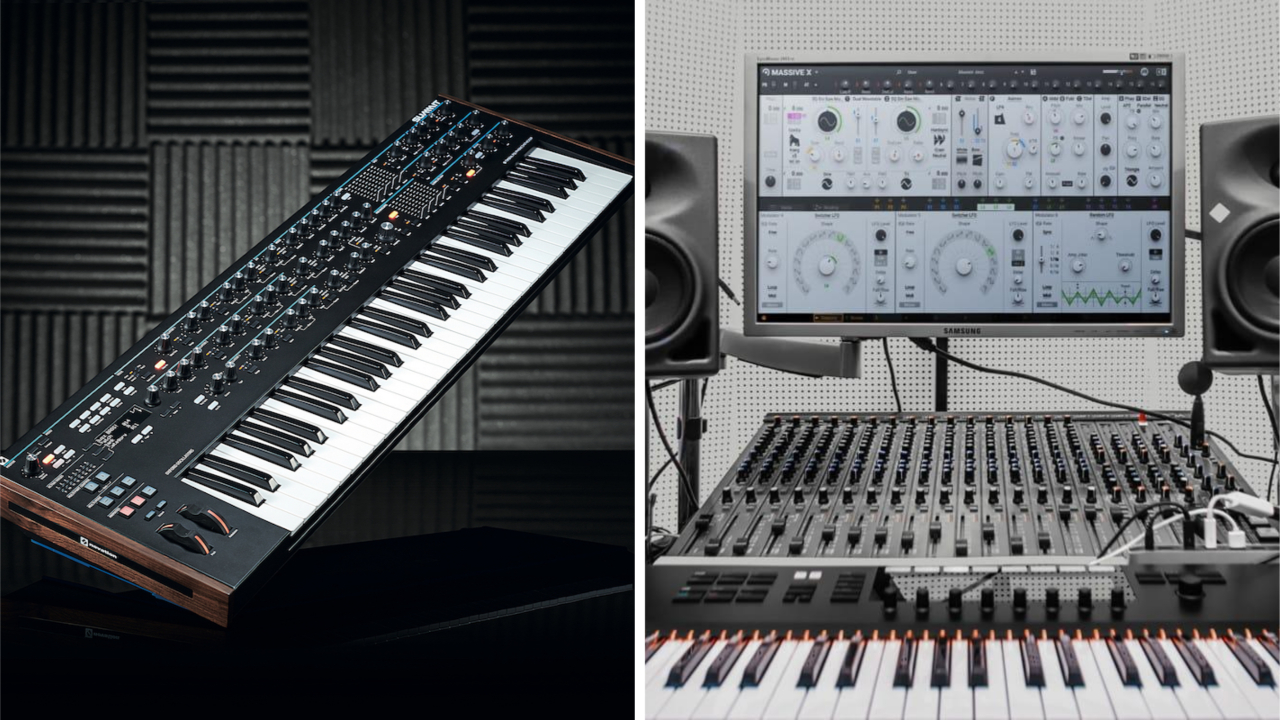
The world of the synthesizer has exploded over this century and is one of the most exciting and fast-paced ways to make music in many styles. It's so fast moving that it's quite hard to keep up, but there are still, broadly speaking, two main types of synths: hardware and software.
Hardware synths themselves can be split into (at least!) two categories as well: all-in-one models and modular. The former usually (but not always) features a keyboard and all of the component parts – oscillators, filters, amplifiers and so on – to make noises. They most often have preset sounds and additional features like arpeggios, effects, on-board sequencing and many hands-on controls to shape the sound.
Then there's modular or Eurorack. This addictive format enables you to create completely bespoke hardware synth systems out of components – modules – that replicate every part of pretty much every synthesis process. The idea is that you can create something unique – and unique sounding – and systems can expand or alter as your wishes and needs change.
Software synths have been with us for over two decades now and range in price from free to a few hundred dollars. With these you are not limited by electronic components, just the power of your computer, so they are capable of producing any sound you wish.
Let's compare both formats now across a variety of topics, starting with the most important…
Hardware vs software synths: Cost
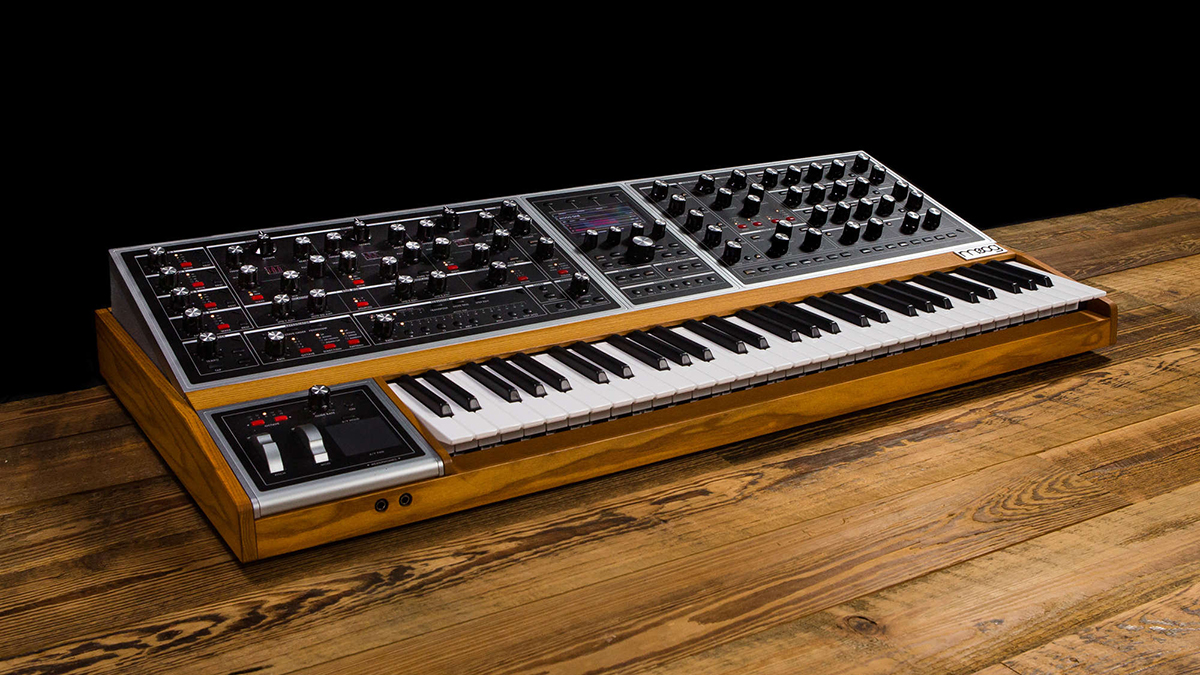
One of the biggest factors when deciding on which type of synth to buy will obviously be your budget. Software wins out here as there is a huge freeware soft synth community with an enormous range of excellent titles. Paid-for software synths do tend to be worth shelling out for, though. These can start at just a few dollars and go up to a few hundred for some of the most advanced, but really you are looking at less than $/£200 for most, with standards like Xfer Records Serum coming in at $189 and Native Instruments Massive X a fraction more at $199.
Hardware synths can run well into four figures if you are looking at all-singing, all-dancing workstations from Yamaha, Korg and Roland, high-end synths from Sequential, Waldorf and Moog or more bespoke offerings from companies like Modal, Modor and Udo. And you can (and probably will) spend a fortune in the world of modular, where the 'just one more' ethos can take over your life and drain your bank account.
Get the MusicRadar Newsletter
Want all the hottest music and gear news, reviews, deals, features and more, direct to your inbox? Sign up here.
That all said, software doesn't win out completely in the price wars. Behringer, of course, will always have a synth for any occasion and price and even the likes of Modal, IK Multimedia, Korg and Arturia offer very decent and budget hardware models that can be bought for the same price as a soft synth. Check out our guide to the best cheap synthesizers for more options.
Hardware vs software synths: Choice
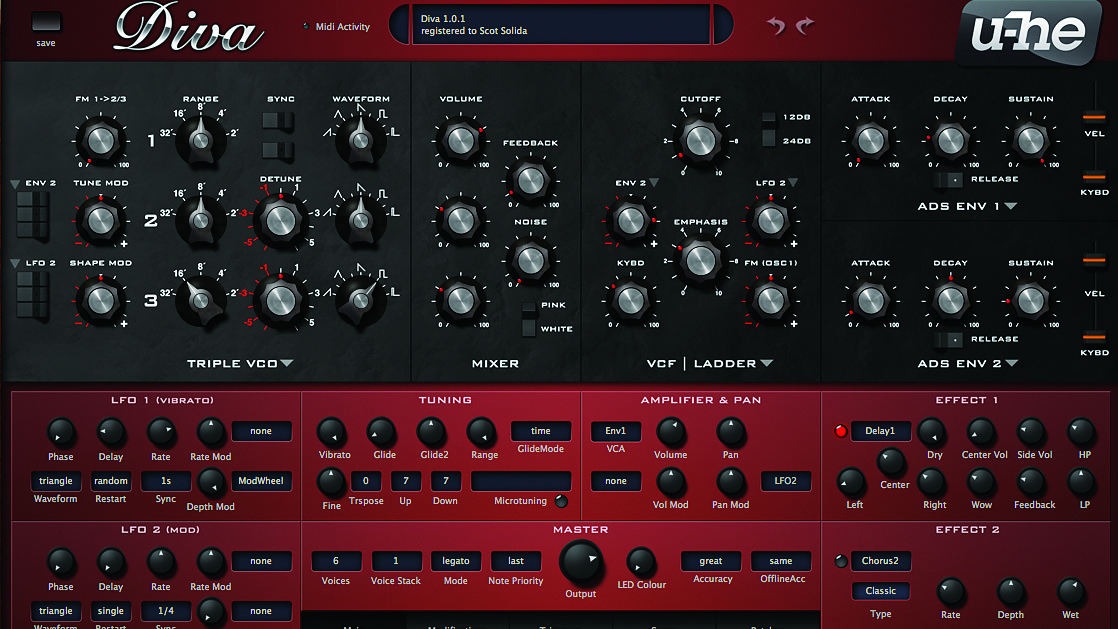
We're going to have to say that software wins out again in terms of choice, simply because the only limit is your computer's processing power, and as that has soared in recent years, so has the power and range of soft synths. Want something with 24 oscillators, 36 filters and every effect you can think of? You can do it in software but not (necessarily) in the real world.
Indeed, the kinds of synth instruments you can buy now stretch the very definition of the word 'synthesizer'. Huge orchestral libraries where you can change the tone with on-board controls are – technically speaking and very arguably – synthesizers. Every single classic hardware synth has also been emulated in software, so it's fair to say that if it exists in hardware, it also exists in software – and a lot more besides – not the other way around.
But, again, we'll finish with a slight caveat: modular. A Eurorack system is whatever you want it to be so the choice is endless; infinite even. However, you can also get modular systems in software – VCV Rack and Cherry Audio Voltage Modular being just two excellent examples.
Hardware vs software synths: Practicality
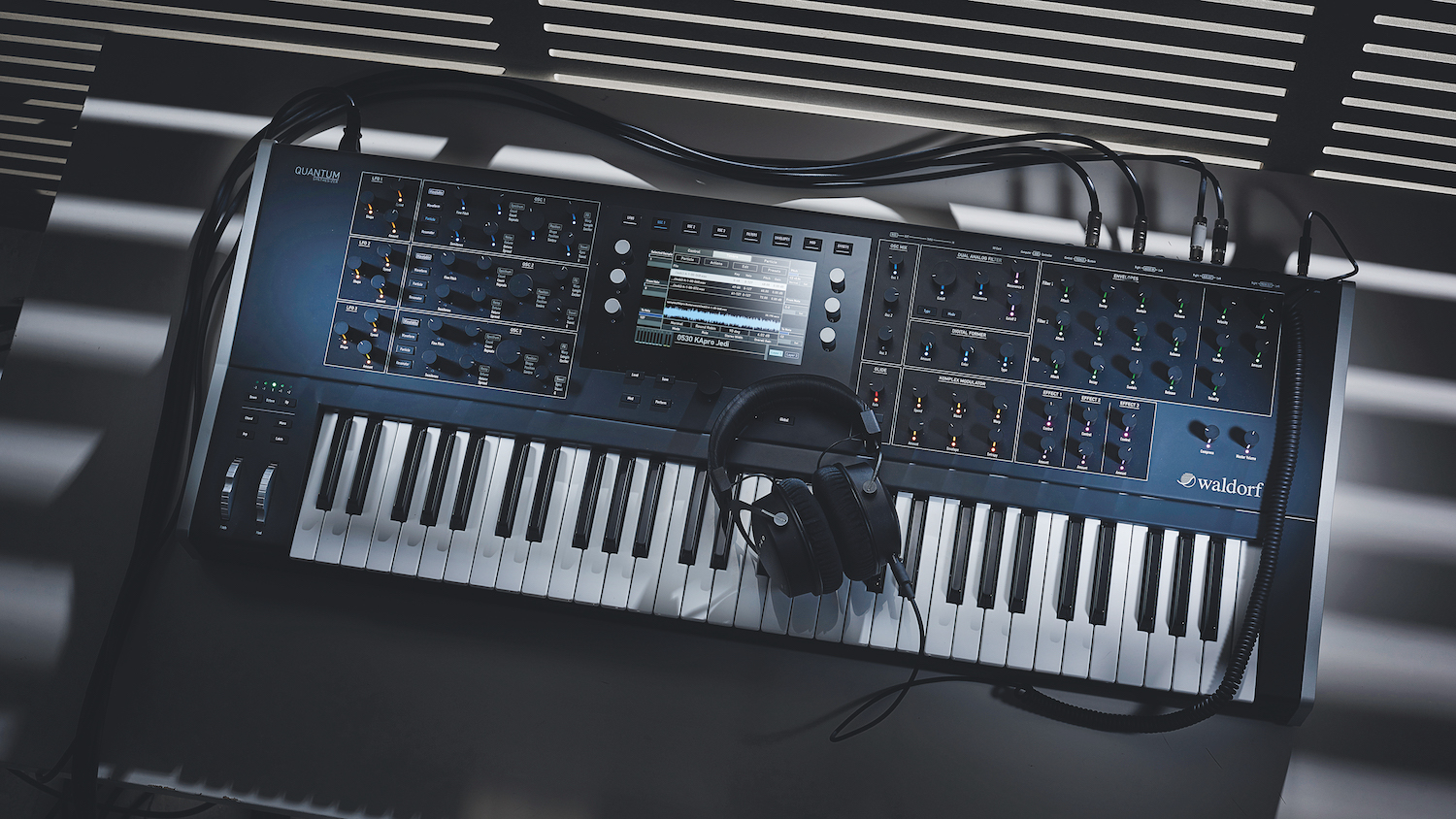
Oh dear, we're starting to sound like a stuck record here, but you can't really argue that software isn't more convenient than hardware. A hard drive stuffed to the gills with every type of synth imaginable is always going to win out over a wall of modules, a heavy synth workstation and, well, anything hard that takes up valuable real estate in your studio.
That said – and you know by now that we like our caveats – there's something inspiring about having a hardware synth and also the very real 'tyranny of choice' with software. Sometimes having one hardware synth that you have invested good money in and the time to get to know (because you spent so much on it) means that your workflow speeds up and you get more music done with just that synth. And faced with a bank of software and a million presets can make you freeze. 'Just… one… more… preset… to… audition…'
Software wins the practicality war overall, of course, but beware: sometimes restrictions can help creativity and convenience can hinder it.
Hardware vs software synths: Sounds
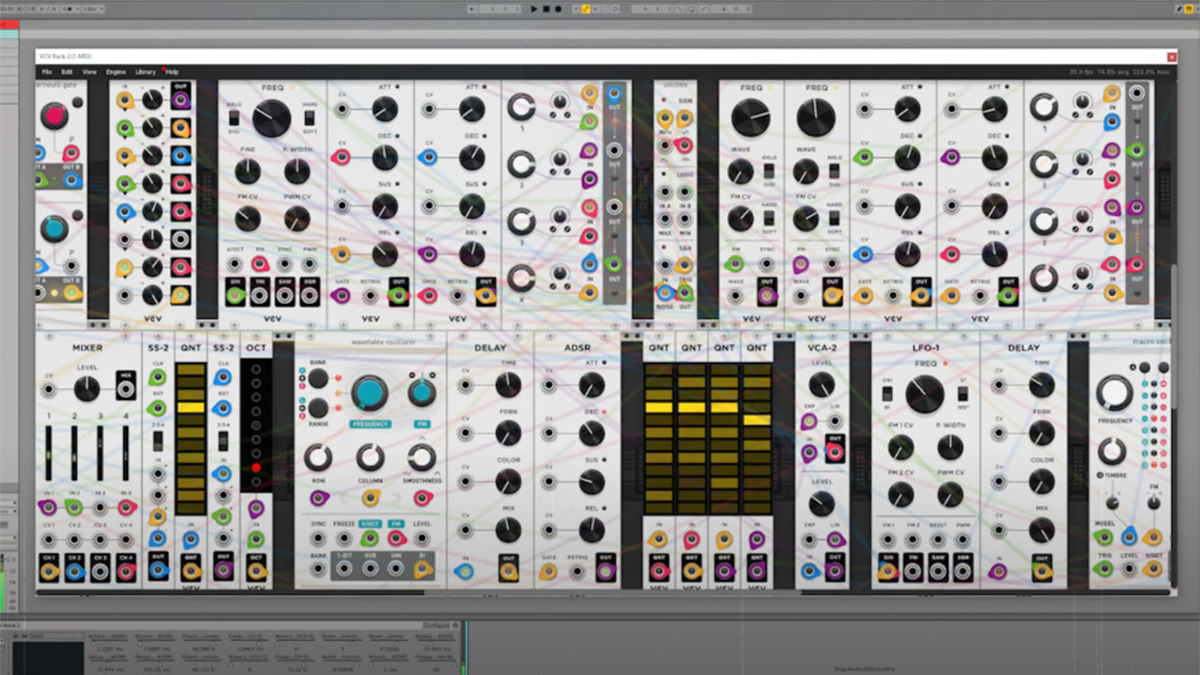
Easy one this. For the processing power reasons we've already outlined, software will give you any sound you want. Hardware won't. That's it.
You're expecting a caveat now aren't you? OK, here it is.
There are those, and we have to admit to veering towards this group of people, who say that digital synths will never replicate a vintage analogue synth. They will quote sample rates, and the fact that a digital synth can never practically replicate that true analogue sound. And they are probably correct. The trouble is that most of us won't be able to tell the difference, or we might be listening to the two through a terrible set of studio monitors or headphones.
And then there are synths like u-he's Diva where €179 buys you the best slice of 'analogue digital' ever created.
So while we buy into the argument that digital will never deliver the power of analogue hardware – and we have plugged a Prophet 5 into Logic which did literally crush our software – there are software synths out there that will get close enough, and many more that will deliver a range of sounds simply not available in hardware, nor will they ever be.
So software wins again.
Hardware vs software synths: Learning curve
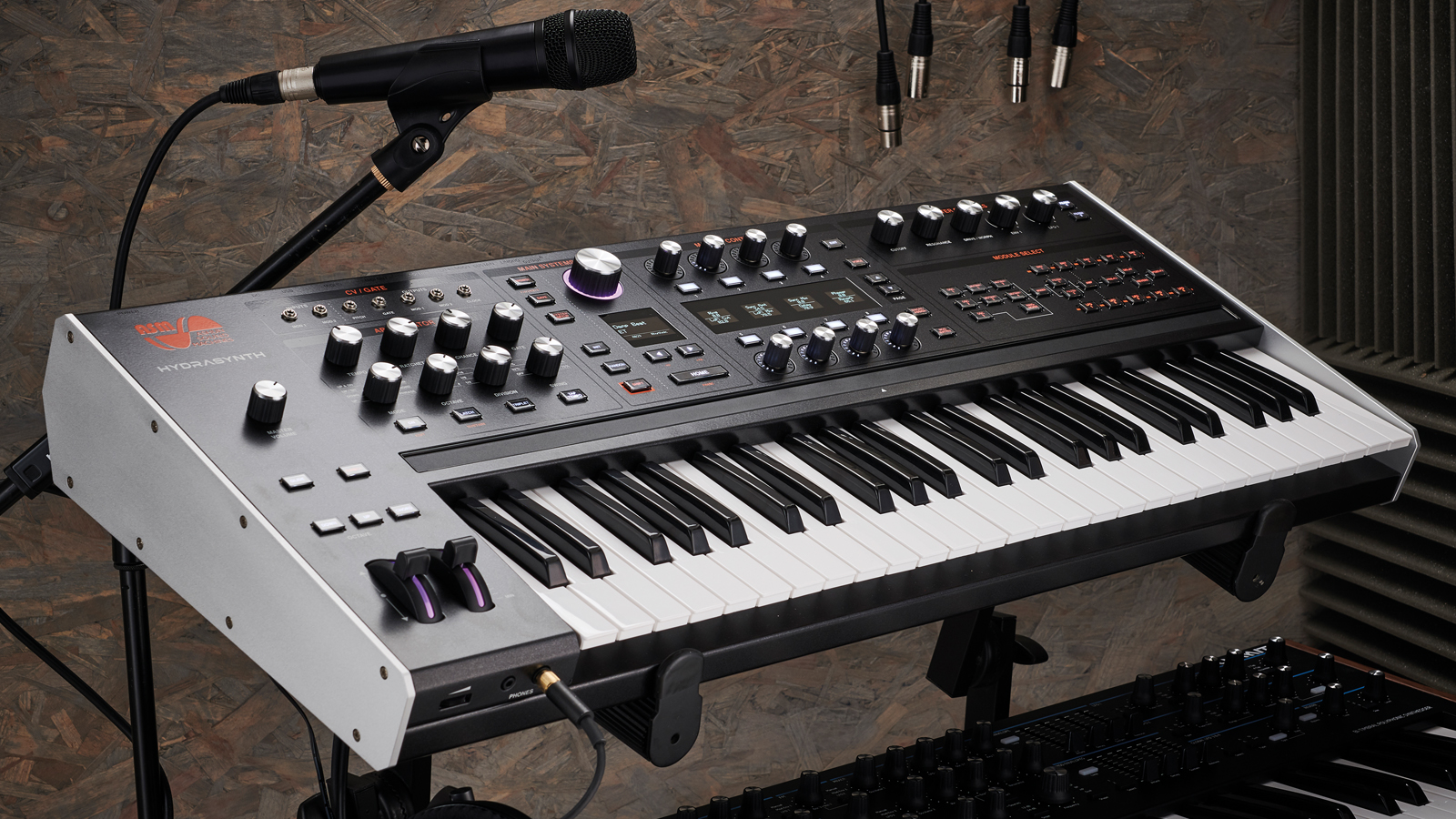
Time for a late comeback for hardware, because unless you operate your soft synths with a decent MIDI controller, you'll most likely be tweaking them with a mouse and playing them with a less than adequate MIDI keyboard. There might also be menus to navigate and extra controls to uncover and learn. Fiddly stuff, simple as that.
A full-on hardware synth often has everything to hand, and almost demands that you twist each knob; everything is within reach and you can make two changes at once with both hands! Yes, there will always be something more joyous and creative about using a hardware synth over its software counterpart, unless someone comes up with a brain to MIDI converter sometime soon.
Hardware vs software synths: Investment
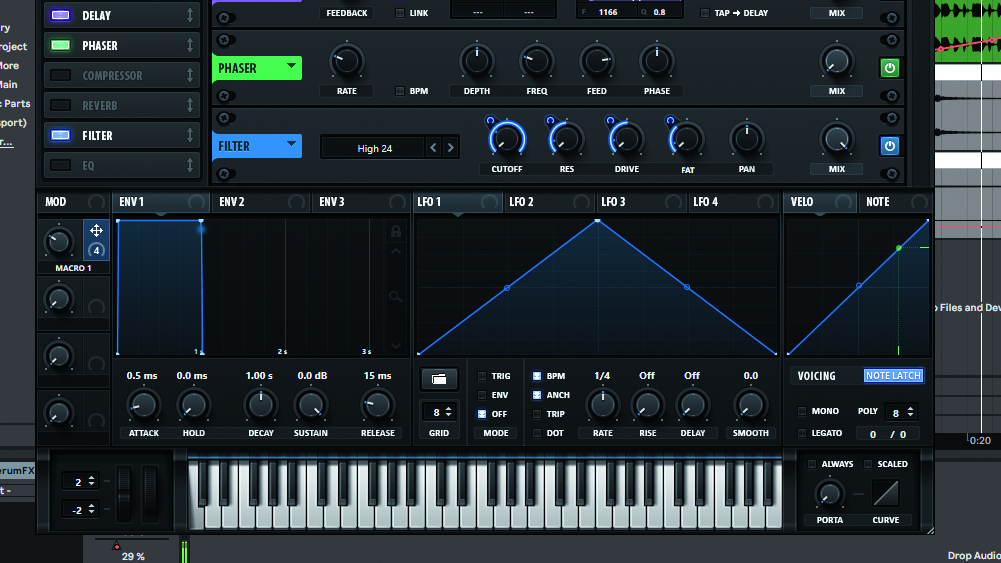
Unless you bought into 1970's and 1980's synths in the actual 1970s and 1980s you are not going to be able to invest in a vintage synth unless you're Jeff Bezos. Classic models – if you can get them – now retail for well into five figures and if you are one of those musicians who cleared all their analogue gear out in the eighties to get a load of digital synths, you will be kicking yourself. (Or waiting for digital synths to become popular again!)
Buying a new hardware synth is, of course, more affordable as are Eurorack modules. Whether these will be an investment, though, is up for debate. Really, it will depend on the synth in question – is it manufactured in large numbers, will it become more 'in demand' in the future? And if we knew the answer to that last question, we wouldn't be writing this. But what is clear is that you can sell your hardware synths on for some money, whereas software – with so many complicated authorisation processes – is virtually impossible to sell on.
Hardware vs software synths: So which is best overall?
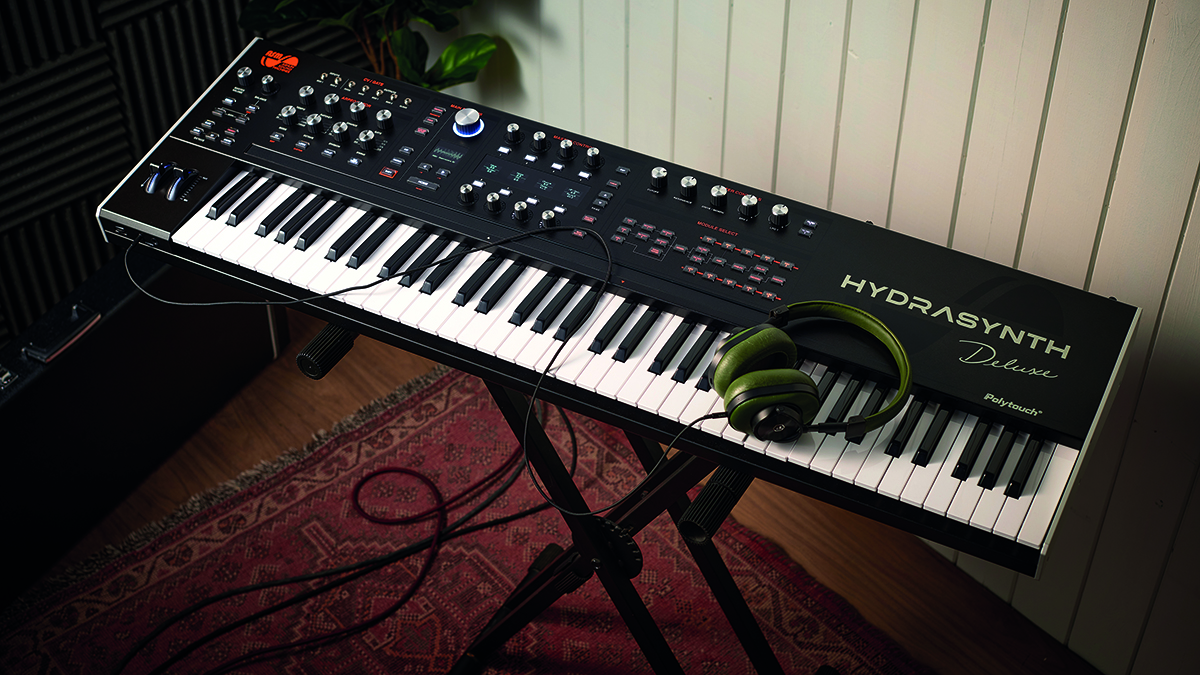
It might sound like software wins hands-down when it comes to synthesizers, and if you are new to the world of the synth, it is certainly the most cost-effective – or indeed free – entry point. However, we would also urge caution – don't get too many soft synths – and do dip your toes into the world of hardware if you can afford it. Having just one or two choice hardware synths that you know and love, will pay you back in terms of creativity and speedy workflow, not to mention help make your studio look more 'studio' and less 'office'.
But the choice is yours, and whatever you choose, you can rest assured that there has never been a more exciting time to own a synth of either – or indeed any – variety.
Related buyer's guides
- Start your collection with the best beginner synthesizers
- Best semi-modular synths you can buy today
Andy has been writing about music production and technology for 30 years having started out on Music Technology magazine back in 1992. He has edited the magazines Future Music, Keyboard Review, MusicTech and Computer Music, which he helped launch back in 1998. He owns way too many synthesizers.










